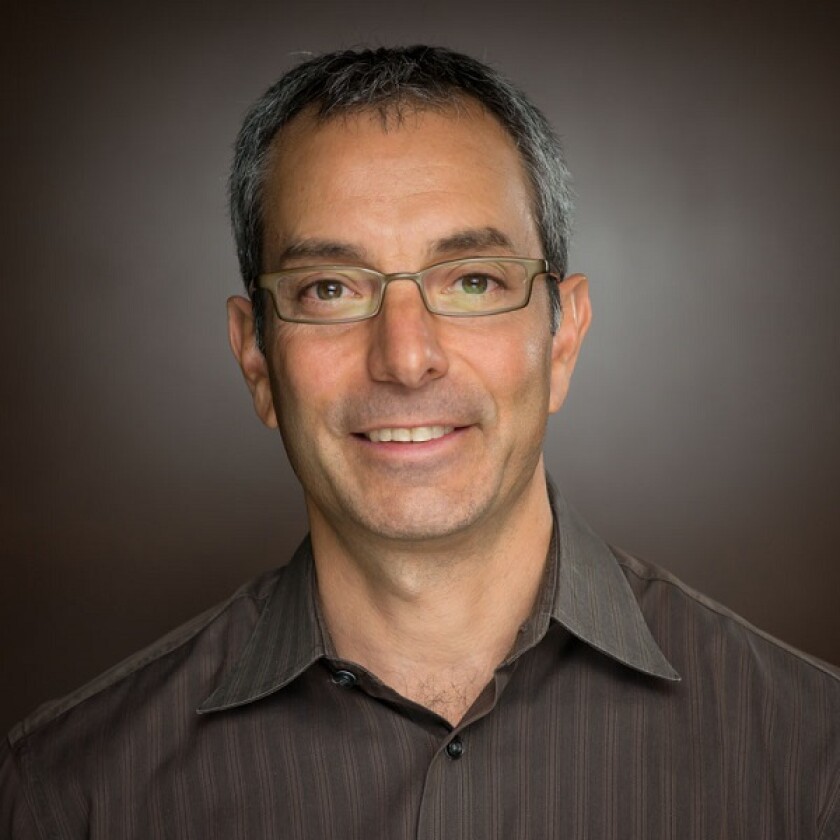Firstly, what is the history behind the 'Starbucks' trademark? Why was it chosen?
The original founders of Starbucks wanted to draw on the nautical heritage of Seattle. At first, they selected the name 'Pequod' after the whaling ship in the Herman Melville novel, Moby Dick. That name didn't stick, and they instead chose the name of the first mate on that ship, 'Starbuck'. Keeping with the nautical theme, the original logo was based on a 16th century woodcut from a ship depicting a siren. Just as sirens in Greek mythology lured sailors to them, the founders felt the siren of Starbucks would lure coffee lovers.
What role has IP played in the growth of Starbucks?
Starbucks has grown from a single shop in Seattle in 1971 to 17,000 stores in 82 countries today. The brand is truly famous on a global scale, and investing in and protecting it has been an important part of the company's success. We have seen copycats in places you might expect such as China and Mexico, but also in places as far-flung as the Himalayas and Antarctica. Having a clear, consistent approach to brand protection regardless of location has kept infringers at bay and the brand secure.
Tell me more about Starbucks' patents. In which areas does the business have them?
Patents are a smaller but growing part of our IP portfolio. We have nearly 700 patents in areas such as beverage science, equipment, technology, and store design. The focus in recent years has been innovation in the coffee equipment space – inventing ways that allow Starbucks to deliver fast, personalised, and high-quality coffee beverages to customers in our stores across the globe.
I know you oversee teams in the US and China. Is there a different approach to the brand in each jurisdiction?
We have a consistent approach to building and protecting our IP portfolio regardless of region. However, we also adapt our strategies to the vagaries of each jurisdiction; trademarks should be locally relevant and culturally sensitive. In China, for example, we have many copycats that attempt to use words that are similar in meaning or similar phonetically to our marks. We therefore engage in defensive filing of marks that may be similar to ours in these ways – transliterations and phonetic equivalents. Carrying out successful enforcement in China also requires building and maintaining relationships with provincial authorities such as the Administrations for Industry and Commerce and Public Security Bureaux.
What do you find most exciting about working for Starbucks?
Even with our reach across so many countries, we are still in growth mode. We recently celebrated a large partnership with Nestlé in which it is licensed to distribute our brands at home and through food service. This partnership has quickly grown the product assortment to include things like Nespresso capsules with Starbucks coffee, and has expanded our brand reach into households across the globe.
Beyond the ever-changing assortment of work, the people keep me at Starbucks. I am fortunate to have an incredible team, and work with truly wonderful legal and business colleagues. It is also nice to work for a company that values the same things I value – including environmental sustainability and diversity in the workplace.
Are there any stressful aspects?
Not really. I believe that if you focus on taking care of your people and on doing what is right for the company, you're heading in the right direction.
How do you unwind after a hard day's work?
Well, pre-COVID, the very first thing I did upon entering my house was to pet my dog. Now that I am working from home, he just follows me from room to room, so I suppose he helps me stay unwound all day. I also play acoustic guitar and enjoy a glass of wine now and then.
Finally, what's your go-to Starbucks beverage?
My go-to Starbucks beverage is a double Americano made with Starbucks Caffe Verona. It is my absolute favourite coffee because it is a smooth, dark roast with hints of sweetness.











